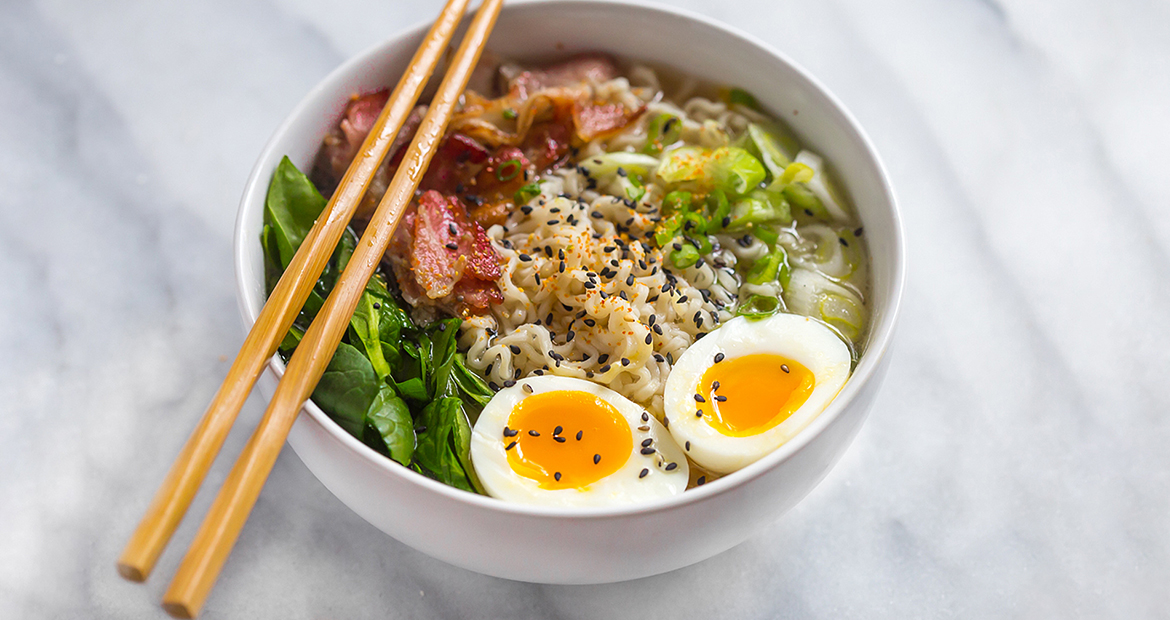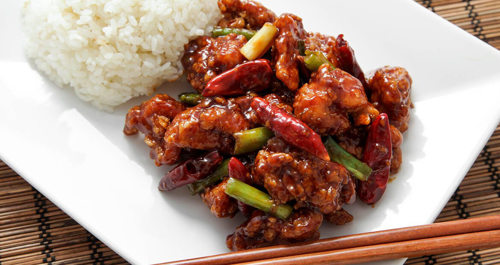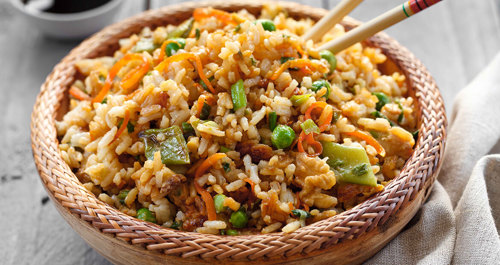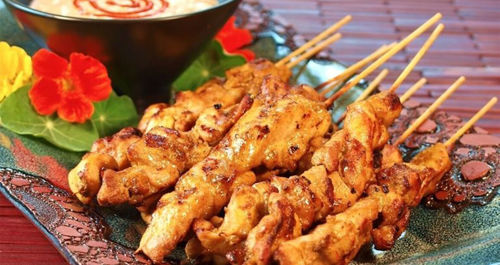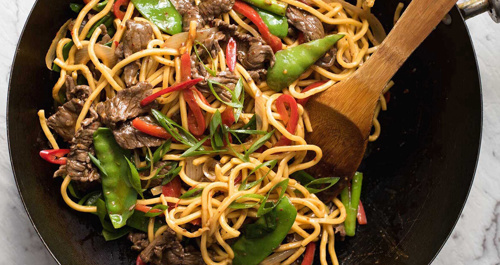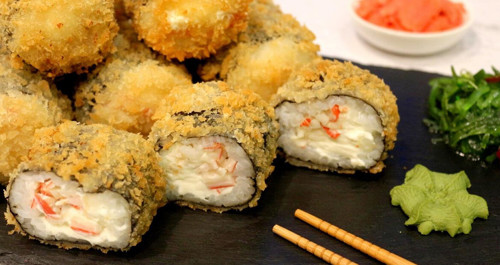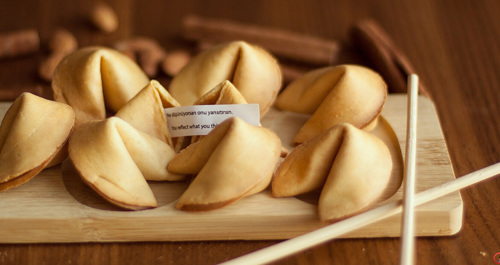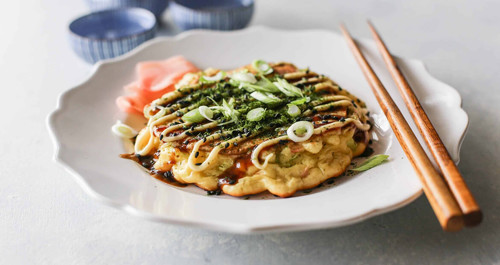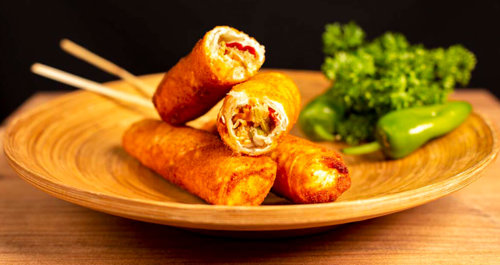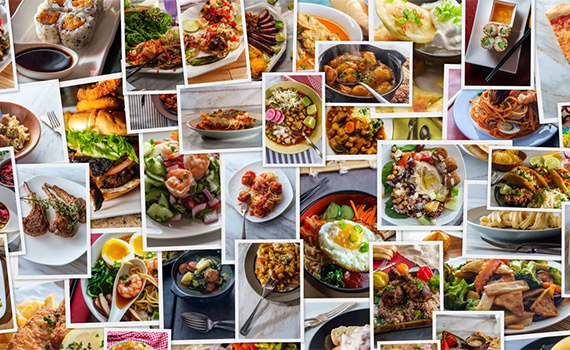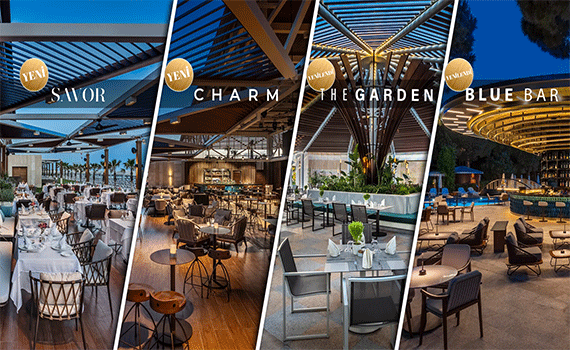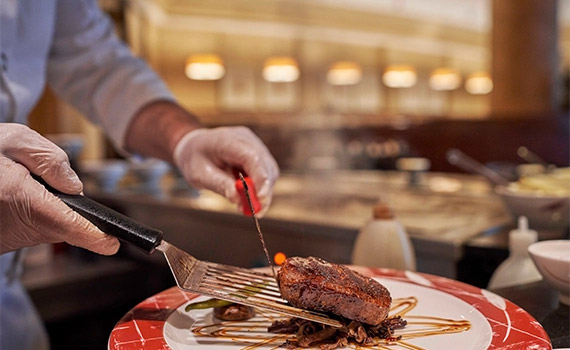Far Eastern cuisine, rapidly spreading worldwide, has become the center of attention with its light-structured unique flavors. Far Eastern food consists of options that appeal to different palates.
Far Eastern cuisine, which has become popular in every corner of the world, has a rich culinary culture that stands out with ramen, sushi, teriyaki and many other unique flavors. Far Eastern cuisine, where seafood plays an important role, is healthy and cholesterol-free.
Historical Origins of Far Eastern Cuisine
With thousands of years of origin, Far Eastern cuisine has the first local flavors to spread around the world. Different transportation routes emerged after the discovery of America, and it became easier for people to travel. The Far East, mystical for many people, attracts attention with its unique food culture.
With the discovery of America, people from different parts of the world began to migrate to the new world. In the 19th century, the Chinese were among those who immigrated to America.
Chinese immigrants from Canton opened small restaurants and started serving Chinese food. These restaurants, which initially only served immigrants, became the center of attention for Americans after the World Economic Depression in 1920.
After Chinese food, America's first popularized local delicacies, the Second World War took place. After the Second World War, Japanese cuisine was also discovered and soon became popular. In the mid-20th century, Far Eastern cuisine became indispensable for America.
In the 1970s, Thai cuisine also started to gain importance in the region. Asian cuisine, which consists of practical, healthy and unique flavors, managed to enter the world's radar along with America. Far Eastern cuisine, which became widespread in Turkey in the 2000s, also attracts the attention of organic eaters thanks to its low-fat and low-salt nature.
General Characteristics of Far East Cuisine
When the general characteristics of Far Eastern cuisine are examined, it is seen that local flavors are similar. Asia, which has a vibrant cuisine, has a philosophy of food and table as in many aspects of life.
Far Eastern cuisine has developed in accordance with regional and population conditions. Crowded populations and food shortages allow for hearty meals with few ingredients.
Far Eastern cuisine is generally very healthy. Specially selected ingredients and cooking methods prevent problems such as cholesterol. The dishes in Asian cuisine consist of small portions. Foods that are served in small portions together are very satisfying.
Using ingredients grown and sourced in the region, Asian cuisine spreads worldwide with its unique structure.
Ingredients Used in Far Eastern Cooking
Far Eastern culinary products consist of products grown in limited areas in the Asian region. Due to the region's dense population, the dishes using few ingredients must be healthy and satisfying.
In Far Eastern cuisine, frying, boiling, baking and steaming are frequently used. Rice and soup are the mainstay of the local cuisine, but there are many different types of dishes. Milk and dairy products are generally not used in Asian cuisine. Rice is consumed instead of bread.
Salt, flour, oil and sugar are used very little in Asian recipes. Rice, seafood, vegetables and meat are Far Eastern cuisine's most frequently used foods. The most common recipe products are bamboo cane, soybeans, spices and mango.
Dumpling
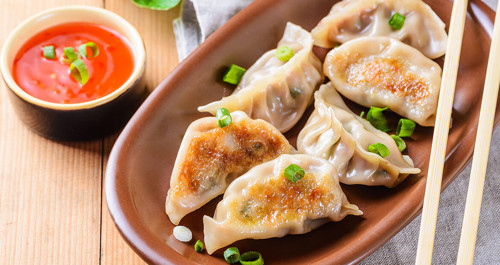
Dumplings, also known as "Chinese dumplings, " are quite similar to Turkish dumplings. The dumpling dish has a thin outer dough containing a minced meat filling. After the dough part is prepared, it is rested in a bowl. Roll out the rested dough thinly and cut into small circles.
Use minced meat, green onion, soy sauce, ginger, carrot, garlic, salt and black pepper for the filling. After adding the filling, the dough is cut into circles and closed in a half-moon shape. They are ready to be served by frying, boiling or first boiling and then frying.
Ramen
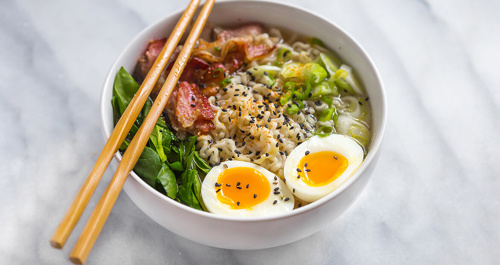
Ramen is seen as a type of noodle. In the 1920s, soldiers returning to Japan from China opened restaurants serving ramen after the war. The food shortage in Japan at that time increased the interest in ramen. Ramen, a handmade food, quickly became popular in Japan.
A Japanese businessman named Momofuku Ando realized this interest and made an initiative. By introducing ramen into the ready-to-eat food scale, he started selling it first in Japan and then in the United States, allowing ramen to spread worldwide. The basic ingredient of ramen, made in different ways, is flour. Ramen, which can be cooked with vegetables and meat, varies according to the recipe.


